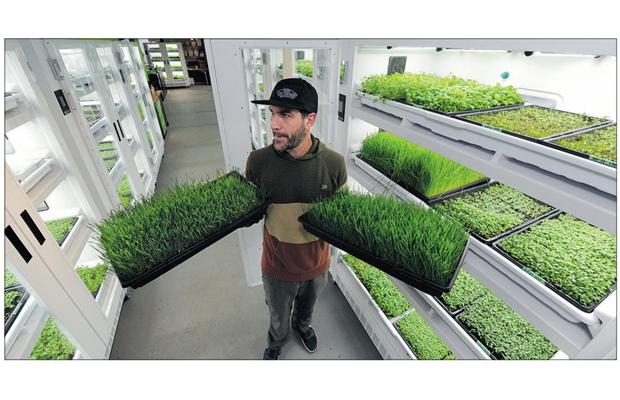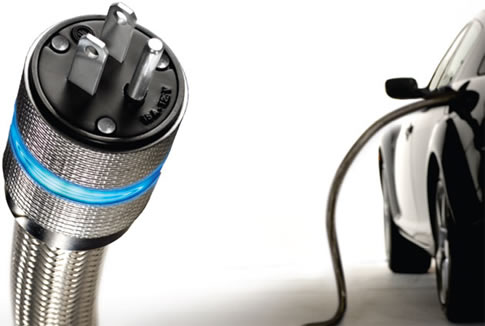Prairie Pulp and Paper Inc.’s straw wheat paper innovation is an example of how CSR’s growing popularity is bringing about positive environmental change. Step Forward Paper is made of 80% waste straw wheat, and 20% Forest Stewardship Council certified wood fibre, in order to maintain strength and quality that consumers expect in their paper products (par. 8, 12). Prairie Pulp and Paper has changed waste straw wheat from being a waste material to a valuable resource.
I disagree with Kat’s argument in her blog that this product may not necessarily be sustainable. Not only is Prairie Pulp and Paper making use of a material that would otherwise go to waste, but with fewer trees needed for paper consumption, the deforestation of virgin forests in Canada will decrease. The use of trees allocated for new purposes will prevent other virgin forests which are currently protected from being exploited because of increasing demand for wood products.
While this may be an example of yet another company jumping onto the CSR bandwagon, is that really such a bad thing? Although companies are adopting CSR in order to gain access to the large environmentally conscious market and the high prices those consumers are willing to pay for eco-friendly products, they are still the ones with the most capital and power to lead the change towards a more sustainable future.
Works Cited
“Together wheat can make a difference!” Step-Forward Paper – Eco-Friendly Paper. Prairie Pulp & Paper Inc., n.d. Web. 17 November 2012.<http://www.stepforwardpaper.com/product.shtml>



